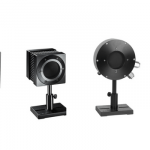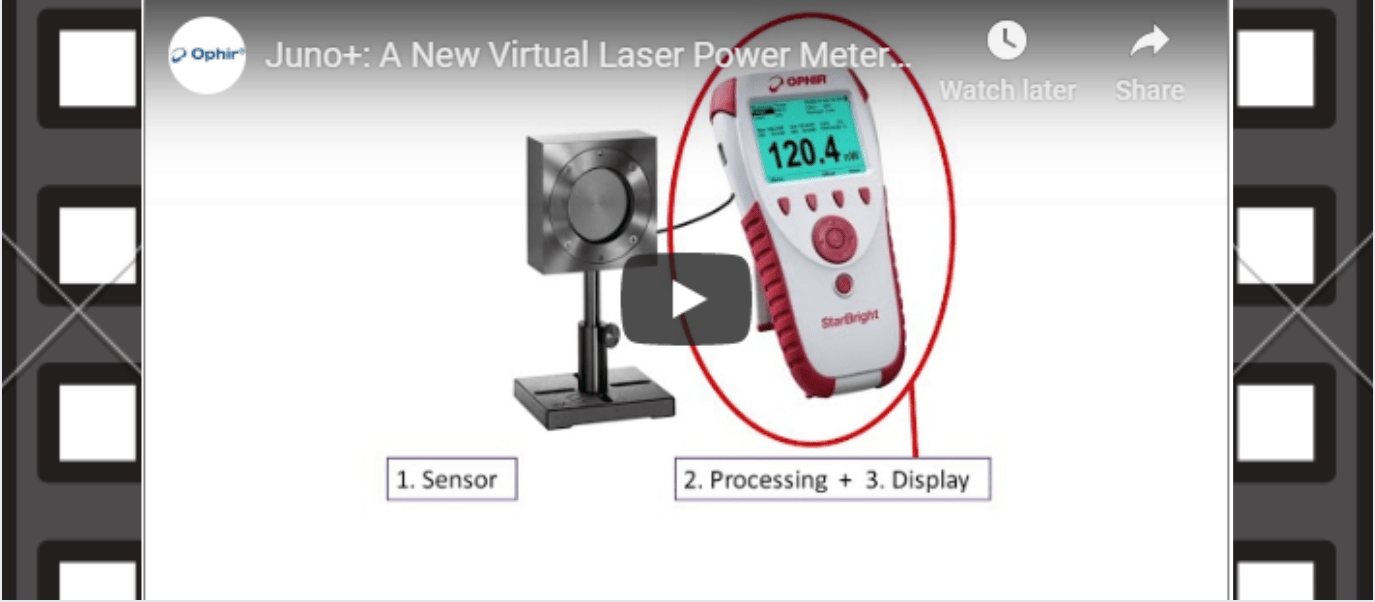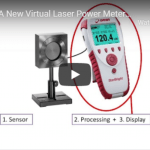Medical lasers offer a highly controlled way to perform a wide range of treatments, from precise surgical procedures to cosmetic applications. This blog explores the unique capabilities of lasers, their diverse medical uses, and the importance of accurate measurement in ensuring safety and effectiveness. Ophir’s commitment to high standards of measurement accuracy and quality control supports medical professionals in meeting industry requirements and delivering reliable results.
Understanding Medical Lasers
Medical lasers are cutting-edge devices that harness precisely controlled light sources to treat or remove tissues. Unlike ordinary light, which has many wavelengths and spreads in all directions, laser light has a specific wavelength, is concentrated in a narrow beam, and can produce an extremely high-intensity light. This makes lasers ideal for precise surgical work, such as cutting through tissue with much higher precision than a regular scalpel.

However, not all medical applications require focused laser beams. In some cases, a broader light spot is necessary, such as in cosmetic hair removal. Here, a laser with a relatively large spot size is used to target and damage hair follicles while leaving the surrounding skin intact. Surgical lasers, on the other hand, deliver energy to a highly localized area, heating and ultimately ablating or coagulating the tissue.
Ablation and Coagulation in Laser Surgery
Ablation refers to the destruction or removal of tissue, while coagulation involves the clotting of blood or sealing of blood vessels. Different lasers excel in these functions. For instance, erbium lasers (2940nm) are highly effective for ablation but less so for coagulation. Conversely, near-infrared (NIR) diode lasers are excellent coagulators but poor at ablation. Some lasers, like the 10.6µm CO2 laser, are proficient at both cutting and coagulating tissue, making them versatile tools in surgical procedures.
One of the widely known procedures utilizing the coagulation effect is Focal Laser Photocoagulation (FLP), which is used to treat damaged blood vessels in the eye’s fundus. This technique helps to stop bleeding and reduce swelling, preventing further vision loss.
Broad Applications of Medical Lasers
Medical lasers have a wide range of applications, including:
- Cosmetic Procedures: Laser treatments are used for hair removal, tattoo removal, scar and stretch mark reduction, and wrinkle treatments.
- Eye Surgery: Lasers are used to reshape the cornea, remove cataracts, and perform other vision correction procedures.
- Dental Procedures: Lasers are employed in endodontic and periodontic treatments, tooth whitening, and various oral surgeries.
- General Surgery: Lasers assist in tumor removal, breast surgeries, opening blocked blood vessels, and plastic surgery, among other procedures.
Risks and Benefits of Laser Surgery
When used correctly, lasers offer numerous advantages in surgery, such as enabling more complex procedures, reducing blood loss, decreasing postoperative discomfort, lowering the risk of wound infection, and promoting better wound healing. However, like all surgical methods, laser surgery carries potential risks, including pain, bleeding, scarring, and changes in skin color. Importantly, laser surgery uses non-ionizing radiation, which does not pose the same long-term risks as ionizing radiation such as X-rays.
Advantages of Laser Technology in Medicine
- Precision and Safety: Lasers offer unmatched precision, cutting and cauterizing tissues without harming surrounding cells.
- Versatile Use: Lasers are extensively used in laboratories for spectroscopy and biochemical analysis, allowing for detailed examination of samples at a microscopic level.
- Controlled Intensity: The intensity of laser energy can be safely controlled, enabling a wide range of medical applications.
Challenges and Considerations
- Cost: One of the main drawbacks of laser technology in medicine is its cost, which, although decreasing, remains higher than many traditional methods.
Ophir’s Role in Medical Laser Measurement
Ophir Optronics Solutions provides advanced solutions for power and energy measurement of continuous wave (CW) and pulsed lasers in medical applications. These solutions accommodate various wavelengths and power levels, with measurements possible either by a human operator or directly interfacing with an onboard system controller for closed-loop feedback. Ophir offers fully customized measurement solutions, including electrical and mechanical adaptations and I/O interfaces, enabling seamless integration into customer systems.
One significant challenge in medical laser measurement is dealing with UV radiation, as UV pulse energy can be destructive to standard sensor absorbers. Ophir has addressed this by developing a “U-coating”, which results in a UV absorber with a high damage threshold and minimal accuracy degradation over time. Additionally, Ophir offers other specialized coatings for other wavelengths, such as the BF-coating, which can withstand direct irradiation of up to 10J/cm².

The Importance of Accurate Laser Measurement
Accurate power and energy control in medical lasers, especially in surgical settings, is crucial. In many countries, real-time monitoring of medical lasers during treatment is required to meet regulatory standards. Ophir’s commitment to high standards of measurement accuracy and quality control makes it a trusted partner for leading medical companies, many of whom operate under FDA regulations.










Leave a Reply
Your email address will not be published. Required fields are marked *